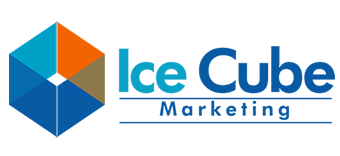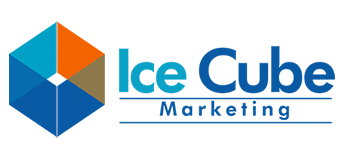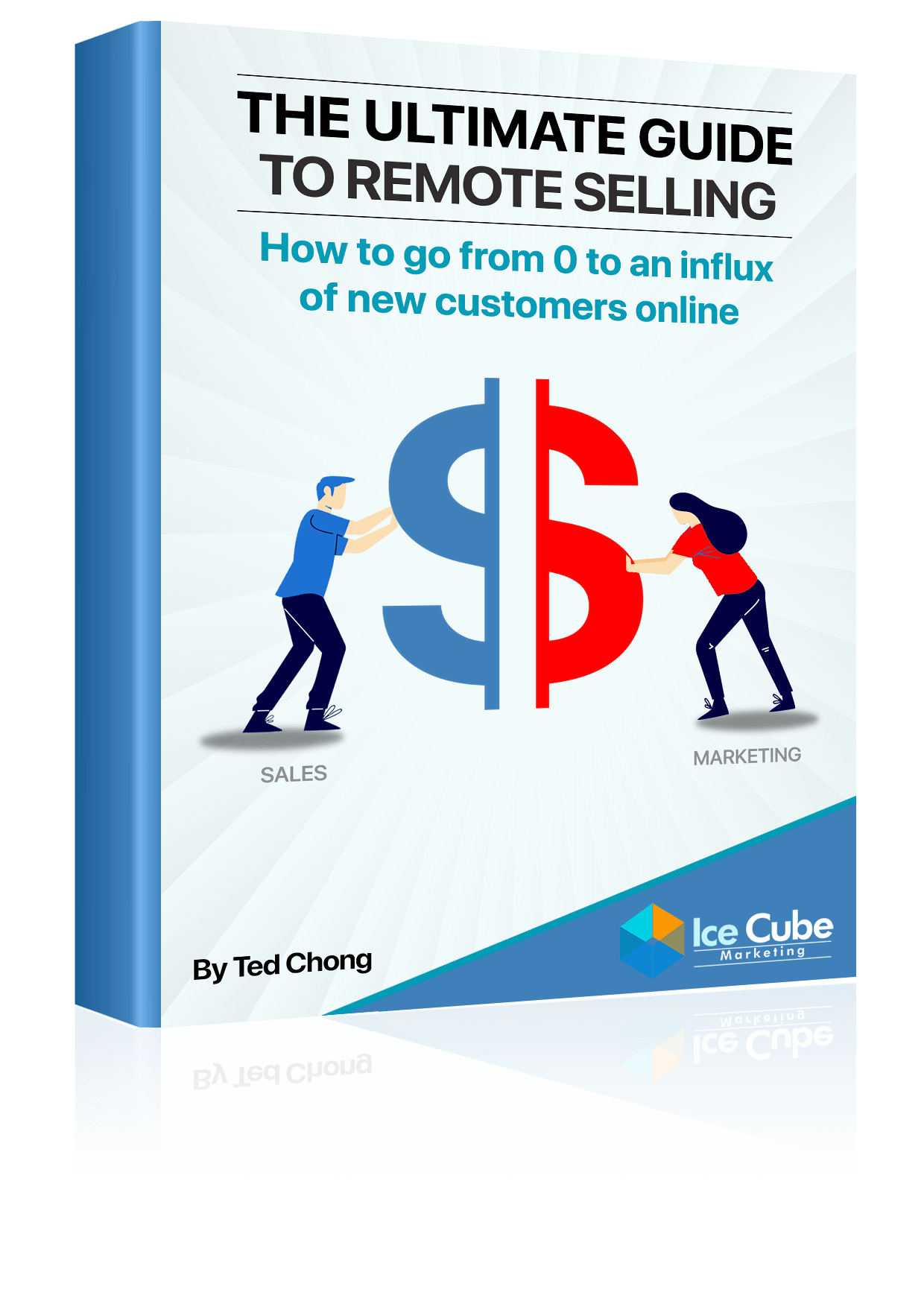Higher education in Singapore is a huge market that caters not only to local students but also foreign students wanting a better lives for themselves. In 2014, it is estimated that there are 75,000 foreign students in Singapore, comprising 15% of all students here. A hub for world class education and high quality facilities, it is little wonder why Singapore has become a magnet for students all over.
If you are an institute of higher learning in Singapore, you probably feel the need to set aside huge funds for marketing. It is not uncommon to see advertisements of educational institutions plastered all over MRT stations, newspaper and other traditional media channels. To stand out in the eyes of students, organizations are compelled to put their best foot forward.
However, there could be other ways to market yourself in a way that doesn’t break the bank. Capitalizing the internet is a good idea, especially if you are marketing to young adults. Facebook has 4 million users in Singapore while 91% of Singaporeans google to look for information. Here are 10 tips on how to better make use of digital marketing to achieve the next breakthrough in your student recruitment goals.
- Information management
Very few other organizations have as much information regarding their product as learning institutions. While not exactly a product, schools’ main offerings are their courses, and courses come with information that includes mode of delivery, course intake, curriculum, module outline and the list goes on. Yes, it is definitely important to provide prospective students with as much information as possible in making the right decision. The problem comes when the same course information is used as the landing page for marketing campaigns.
Depending on which stage of the decision process students are in, too much information phases will only confuse and overwhelm prospective students, especially in the early phases. The merits of simplicity and less information has been well documented. In his book, Paradox of Choice – Why more is less, Dr Schwartz’s experiments concluded that giving prospects less information helped them in making decisions better. Consider providing just enough information at various stages of their research process.
- Suitable Call-to-action
By now, most schools have presence on social media since that’s where young adults hang out. Many businesses, however, make the mistake of treating social media as a marketplace instead of a place for socializing.
On social media platforms, avoid asking for too much of a commitment. Instead of getting them to sign up for your course right off the bat, consider softer conversions. Examples include signups for open house, course previews or just a soft copy of your course brochure. These are less intimidating than having a sales consultant call them up to sell them the courses, but are no less effective.
Take the case of PSB academy whom we helped to attract more than 10 participants for their open house in one day by promoting the event on Facebook.
- The virtual salesperson
One of the unbreakable rules of marketing is to know your target audience inside out. As an institution of higher learning, young adults form a huge portion of your target audience. You may be well aware that young adults these days are different, they grew up with technology and are extremely savvy with internet. MIT professor Sherry Tuckle even states that this group of people prefer interacting with gadgets more than they do with people (including sales people). A report by Linkedin concurs, declaring that 72% of students develop their short list before reaching out to a school representative.
What does that mean for your school? If you want to reach out to students, you have to appear in front of them early and where they are comfortable with, whether it be Google, Facebook or Youtube. These are the places that they hang out.
- Content marketing
While they do not talk to salespeople as much as before, that doesn’t make students any less savvier as a consumer. In fact, they probably know more than the previous generations. A forester study shows that consumers read 11.4 pieces of content on average before making a purchase decision. Consumers today are comfortable with digesting truckloads of information.
The question is whether your school is present during their research process? Are you visible when they google for keywords related to your course offering? How about when they read articles on Facebook revolving around their passion and job prospects? These are all opportunities for you to show up in a non-intrusive way in front of your target audience, especially when they need you most. According to Linkedin, if you are waiting for students to make the first contact, it is likely too late.
- Demonstrate authority and build trust
The above point is precisely why the concept of content marketing has taken off in a big way in Asia. Changing behavior of consumers, particularly Millenials has made it mandatory for brands to change their marketing strategy. Content marketing, the new marketing buzzword, is especially applicable for the higher education institutions. Why so?
The whole idea of an education system is about transferring knowledge to students and educating them. If you can begin educating students on social media as well as through long-form useful blog articles, wouldn’t that make you more trustworthy as an educator?
After all, what is the best way to demonstrate to students that you can help them? Simple. By helping them ! Using content marketing ,schools can produce information that are useful and even interesting for students in their lives. In doing so, trust is gradually established with the students, not to mention that it dramatically enhances exposure of your brand among your target audience as people share your helpful content.
Check out some content we produced for LSBF.


- Speak their language
Its not just schools, I can’t tell you how many businesses I have seen that fail to speak the lingo of their target audience on social media. I would humbly suggest that press releases and website content be kept at where they should be, instead of being recycled as social media posts or blog articles.
Consider checking out the marketing messages of brands that are popular with young adults. Voted as the top clothing brand for Millenials in 2016, Nike constantly inspires people to ‘Just do it’.
Likewise, PSB Academy constantly encourages youngsters to “Dare to dream” and “follow your heart, not what others say” as well as produce other inspiring messages.

Instead of promoting your courses directly, how about inspiring them on social media? Or educating them with useful information?
- Be transparent
Of course, you shouldn’t take this too far and start shouting irrelevant messages on social media. After all, the Committee of Private Education keeps a close watch on educational institutions and what they say. With complaints and news about less-than-quality education offered by some schools, CPE is calling for more transparency in this sector . In 2016, CPE announced that they require schools to publish their Graduate employment survey results with regards to their students. They also disallow schools from being overly promotional in their marketing efforts. Our stand is to act in accordance with the guidelines of CPE and incorporate more transparency and less embellishment in marketing.
- 3rd party effect
If you are still worried about saying the wrong thing on your social media account, why not consider publishing through a 3rd party platform? With 60,000 monthly visits, Digital Senior is a portal specially catered to students in Singapore looking for higher education options. In terms of messaging, you can afford to be more casual on these platforms, to the point of perhaps even using a little Singlish to connect with your target audience, without having fears of it backfiring. Not just that, by virtue of being a 3rd party not connected to any institutions in any way, students tend to be more receptive towards their messages. (Disclaimer: Digital Senior is owned by Ice cube marketing and this is a shameless plug)
- Always share stories
It is no secret. Storytelling has been one of the most effective tools in a marketer’s arsenal for the longest time. Professor Paul J Zak’s famous experiment found that people who watched character-driven stories tended to donate more money to charities. It was also discovered that the subjects who watched the stories produce a type of hormone known as Oxytocin that bolsters trust and empathy.
You should use this to your advantage because there is no better place to find stories than in schools! Schools is an indispensable force in a society. They transform people’s lives for the better through education, and there are probably at least thousands of student that has benefited from attending your school.
The best part is that prospective students are always looking for seniors who can share experiences of their school life with them. This aids in their decision making process. Instead of having the students painstakingly scour forums or random Facebook groups in search of seniors’ stories, why don’t you make it available to them?
Your current students probably find it hard to write an entire article around their school life, either due to their already-heavy schoolwork or they are just not used to writing. In which case, you can interview students, round up their opinion or even film them talking. Check out an interview we did with a student from LSBF here.
- Don’t time the market
Most schools open their application window only at certain times of the year, most commonly in the month of February/March where A levels results are released. That is when you see schools going all out with their marketing. Everywhere you go, MRTs, buses or shopping malls abound with advertising messages of PEIs. It is also during the same time, it becomes harder to stand out amidst all the clutter.
What’s more, if you are not a household brand name(yet), it is probably wise to start early and allow the advertising rule of 7 to work in your favor. As the story goes, marketing expert, Dr Jeffery Lant stated that to penetrate the buyer’s consciousness sufficient enough to create buying impetus, brands have to appear in front of the prospect a minimum of 7 times within an 18-month period.
At the time when Dr Jeffery Lant researched and developed his theory, he probably wouldn’t have guessed that the internet would take it to another level. With remarketing technology, today you can reach the same prospect over and over again. Remarketing consists of using a special tracking code to place cookies in the computer of people visiting your website, and then serving ads to those with that cookie when they visit other websites such as Facebook or Gmail. By doing so, the fear that you lose your prospect from 6 months ago is eliminated. This is one of the most -used feature we have used to generate results for clients.
Conclusion
As technology evolves and consumer behavior changes, marketing is no longer about dumping heaps of money into buying banner ads and waiting for prospects to call you. Through an understanding of current trends, you can use the internet to your advantage and stand out in the competitive marketplace. If you pay attention to the needs of prospects and what they are saying, you will never go wrong. The opportunity to rise above the crowd is bigger than anything we ever seen.
















